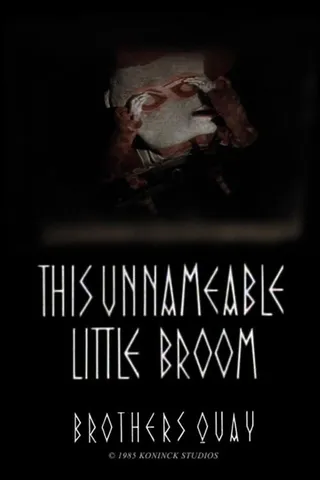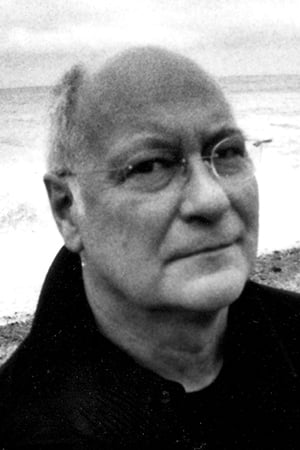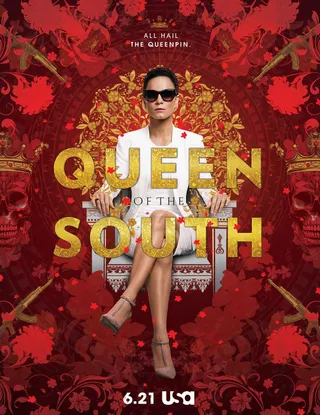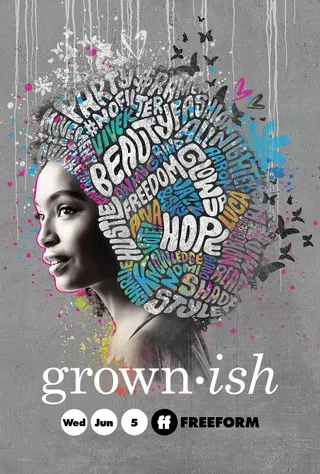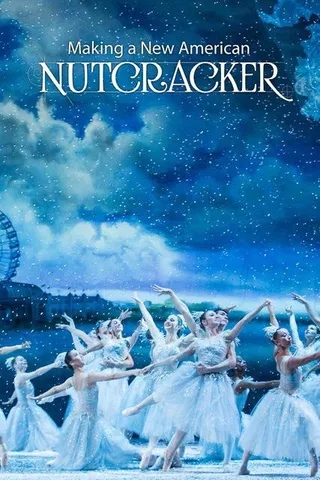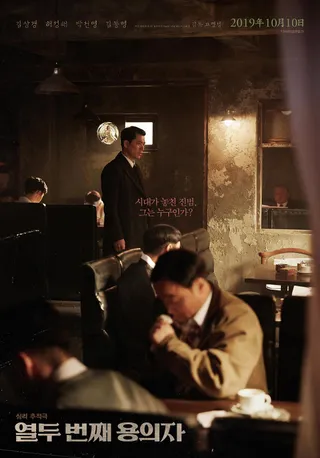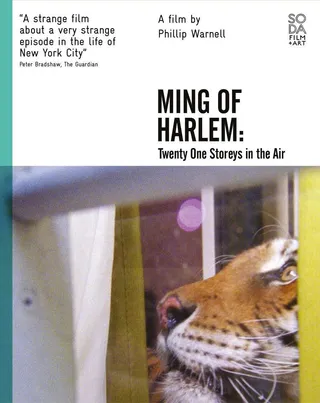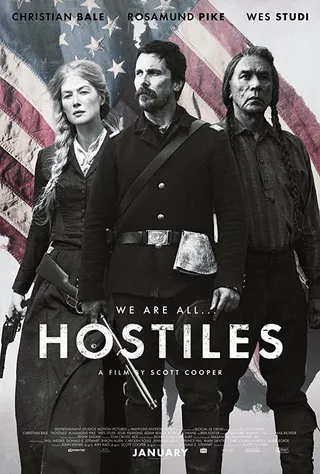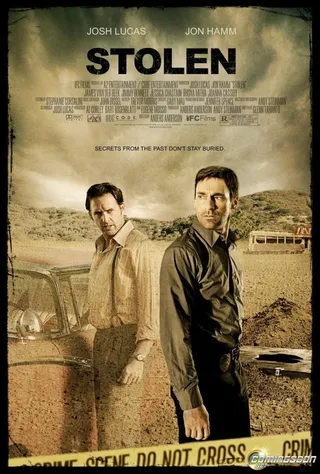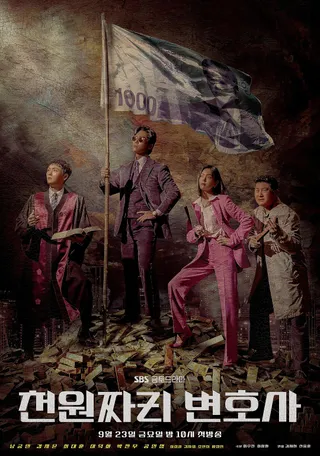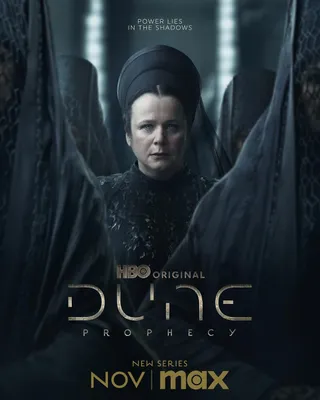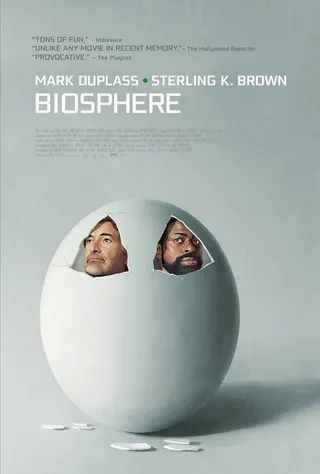这种难以名状的小扫帚
This Unnameable Little Broom (1987)
电影
英国
英语
动画
短片
Boasting the longest title in the Quays' entire output, this 1985 film is generally known as This Unnameable Little Broom, though the Quays themselves refer to it as Gilgamesh. It began life as a prop..
查看全部
Boasting the longest title in the Quays' entire output, this 1985 film is generally known as This Unnameable Little Broom, though the Quays themselves refer to it as Gilgamesh. It began life as a proposed hour-long Channel Four programme exploring aspects of the ancient Babylonian Epic of Gilgamesh, the oldest known surviving work of literature, which would combine puppet animation, dance sequences (courtesy of choreographer Kim Brandstrup) and live-action documentary elements. However, Channel Four were dubious about the project, and only agreed to fund a short animated sequence as a pilot - which is all that was ultimately made.
But even when divorced from the original planned context, This Unnameable Little Broom stands up very well on its own as a short parable of cruelty and oppression. The Gilgamesh character is portrayed as a childlike figure, seemingly welded permanently to a tricycle, with a grotesquely swollen head that, Picasso-like, simultaneously presents both a profile and a frontal view. His 'kingdom' is a box-like construction, seemingly suspended in mid-air, with a distant forest just out of reach.
At the start of the film, Gilgamesh sets various elaborate snares to lure Enkidu, the forest creature, into his domain. These range from conventional booby-traps to altogether more unsettling creations, notably the desk drawer containing what appears to be a detached, pulsing vagina (the Quays' typically oblique reference to the point in the original legend where Gilgamesh sends a prostitute to seduce Enkidu). Enkidu himself is a bird-like creature, partly made up of genuine animal skeletons, whose wide-eyed guilelessness proves his downfall.
The film had numerous inspirations besides the Gilgamesh legend. The frenzied viciousness that pervades the film was a tribute to Austrian writer Konrad Bayer, the design of Gilgamesh was sourced from artwork by Heinrich-Anton Müller, one of a trio of 'outsider artists' (the others being Friedrich Schröder-Sonnenstern and Adolf Wölfli) that the Quays originally intended to dedicate their film to, but shyness prevented them.
However, they weren't too shy to include a back-handed swipe in the title - 'Hunar Louse' is a satirical representation of Lunar House in Croydon, the headquarters of the Home Office's Immigration and Nationality Directorate, which called the Quays' visa status into question at the time they were making the film. Though this was alarming at the time, the experience helped fuel the paranoid, Kafkaesque atmosphere that pervades their film.
导演:狄莫瑞·奎 / 史蒂芬·奎
编剧:凯斯·格里菲斯 / 狄莫瑞·奎 / 史蒂芬·奎
主演:
